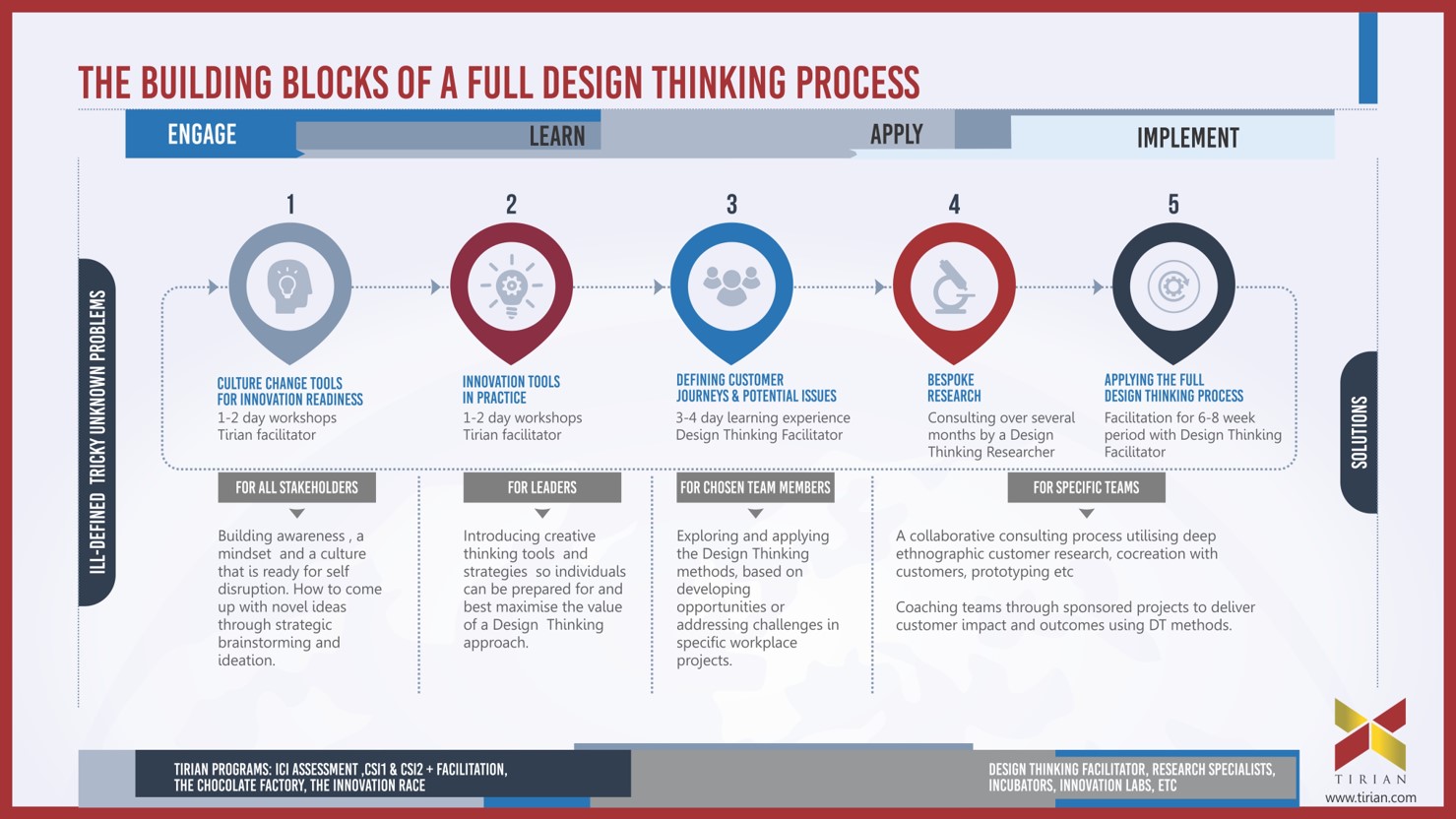Table Of Content

I teach design at the University of Leeds and am the Programme Leader for the MA Design, focusing on design thinking, design for health, and behavioural design. I've developed and taught several innovative programmes at Wrexham Glyndwr University, Northumbria University, and The American University in Cairo. I'm also a published book author and the proud founder of Designorate.com, a platform that has been instrumental in fostering design innovation.My expertise in design has been recognised by prestigious organizations. I'm a fellow of the Higher Education Academy (HEA), the Design Research Society (FDRS), and an Adobe Education Leader.
A Complete Guide To Design Thinking In 2024 - FourWeekMBA
A Complete Guide To Design Thinking In 2024.
Posted: Sun, 07 Jan 2024 08:00:00 GMT [source]
User-centricity and empathy
The power of design thinking in education - Teacher Magazine
The power of design thinking in education.
Posted: Mon, 08 Apr 2024 07:00:00 GMT [source]
While pinpointing your users’ needs, begin to highlight opportunities for innovation. Conduct research in order to develop knowledge about what your users do, say, think, and feel. The following are the ten models that are used to contrast and compare human-centered techniques.
Applying the design thinking framework to your own work
User-centered design focuses on improving a specific product or service. Design thinking takes a broader view as a way to creatively address complex problems—whether for a start-up, a large organization, or society as a whole. That, in turn, helped them create better meals (which were also drastically changed), yielding happier, better nourished customers. The packaged and accessible nature of design thinking makes it scalable.

Stage 1: Empathize—Research Users' Needs
This course contains a series of practical exercises that build on one another to create a complete design thinking project. What’s equally important is you can use your work as a case study for your portfolio to showcase your abilities to future employers! A portfolio is essential if you want to step into or move ahead in a career in the world of human-centered design. Design thinking is a broader framework that borrows methods from human-centered design to approach problems beyond the design discipline. It encourages people with different backgrounds and expertise to work together and apply the designer’s way of thinking to generate innovative solutions to problems.
The Ultimate Guide to Understanding UX Roles and Which One You Should Go For
Then, it encourages experimentation and iteration to help you effectively design solutions to meet those needs. You can use the design thinking process to get more people involved, and help everyone contribute ideas. Design thinking is an iterative process — it’s not something you do once and call it done. Simply put, design thinking is a working process, while human-centered design is a mindset or approach.
Stage 1: Empathize—Research Your Users' Needs
People, not technology, are the drivers of innovation, so an essential part of the process involves stepping into the user’s shoes and building genuine empathy for your target audience. Design thinking is a mindset and approach to problem-solving and innovation anchored around human-centered design. In order for this approach to be adopted across large organizations, it needed to be standardized.
Design Thinking vs Agile Methodology
She encourages designers to get comfortable with the idea of a design not being perfect. Notice the many parallels between Laura’s advice for designers on agile teams and the mindsets of design thinking. On the surface, design thinking frameworks look very different—they use alternative names and have different numbers of steps. This aspect is crucial in understanding the users’ needs, desires, and experiences to ensure that designs resonate on a deeper, more personal level. The five-stage design thinking methodology described above is just one of several frameworks. The team produces inexpensive, scaled-down versions of the product (or specific features found within the product) to investigate the ideas.
Design for America, Student Social Innovation Firm
Design thinking is an actionable approach which can be used to tackle the world’s wickedest of problems. It fosters user-centricity, creativity, innovation, and out-of-the-box thinking. Our easy online application is free, and no special documentation is required. All applicants must be at least 18 years of age, proficient in English, and committed to learning and engaging with fellow participants throughout the program. The applications vary slightly from program to program, but all ask for some personal background information. If you are new to HBS Online, you will be required to set up an account before starting an application for the program of your choice.
Design thinking is more about exploring and defining the right problem and solution, whereas agile is about efficiently executing and delivering a product. Differentiates real visitors from automated bots, ensuring accurate usage data and improving your website experience. Finally, the model includes a broad category for other choices, encompassing the operational decisions related to the what, where, how and when of project execution.

Regardless of which tools are implemented, the key is to observe without assumptions or biased expectations. There are many models of design thinking that range from three to seven steps. Customers now have extremely high expectations for design, whether it’s customer service, instant access to information, or clever products that are also aesthetically relevant in the current culture.
Bringing in ideas from every team member encourages people to share their unique perspectives, and can also help you avoid groupthink. You can use this template to run the exercise individually or in groups. It gives you a way to gather new ideas and perspectives on the problem you’re solving in real-time.
Information is continually used to inform the understanding of the problem and solution spaces, and to redefine the problem itself. The design thinking process should not be seen as a concrete and inflexible approach to design; the component stages identified should serve as a guide to the activities you carry out. The stages might be switched, conducted concurrently or repeated several times to gain the most informative insights about your users, expand the solution space and hone in on innovative solutions. Designers or evaluators rigorously test the complete product using the best solutions identified in the Prototype stage. This is the final stage of the five-stage model; however, in an iterative process such as design thinking, the results generated are often used to redefine one or more further problems. You can then proceed with further iterations and make alterations and refinements to rule out alternative solutions.
When you know how to apply the five stages of design thinking you will be impowered because you can apply the methodology to solve complex problems that occur in our companies, our countries, and across the world. Design Thinking is the non-linear continuous process that allows teams to understand users, redefine problems, challenge assumptions, and create innovative solutions to generate prototypes and tests. It is a methodology that aims to tackle complex issues such as wicked problems that are difficult to define and cannot be solved using standard approaches. The “empathize” stage of the design thinking process involves learning about customers’ challenges. This stage is focused on gaining a deep understanding of users’ needs, emotions, and behaviors in order to develop meaningful solutions. Knowledge acquired in the latter stages of the process can inform repeats of earlier stages.
And to help you get started, we’ve hand-picked some Mural templates relevant to each stage of the design process below. If your team hasn’t mastered or fully committed to each one of the design thinking steps, you may encounter problems that make it harder to reap the benefits of design thinking. To get the most out of the process, everyone needs to collaborate and communicate effectively.

No comments:
Post a Comment